
漢德百科全書 | 汉德百科全书
 Norwegen
Norwegen
 Germany
Germany
 Germany
Germany
 FIFA
FIFA
 Women's Soccer World Cup 2015
Women's Soccer World Cup 2015
 Women's Soccer World Cup 2019
Women's Soccer World Cup 2019
 Women's Soccer World Cup 2023
Women's Soccer World Cup 2023
 Japan
Japan
 Norwegen
Norwegen
 Spain
Spain
 United States
United States
 United States
United States
 United States
United States

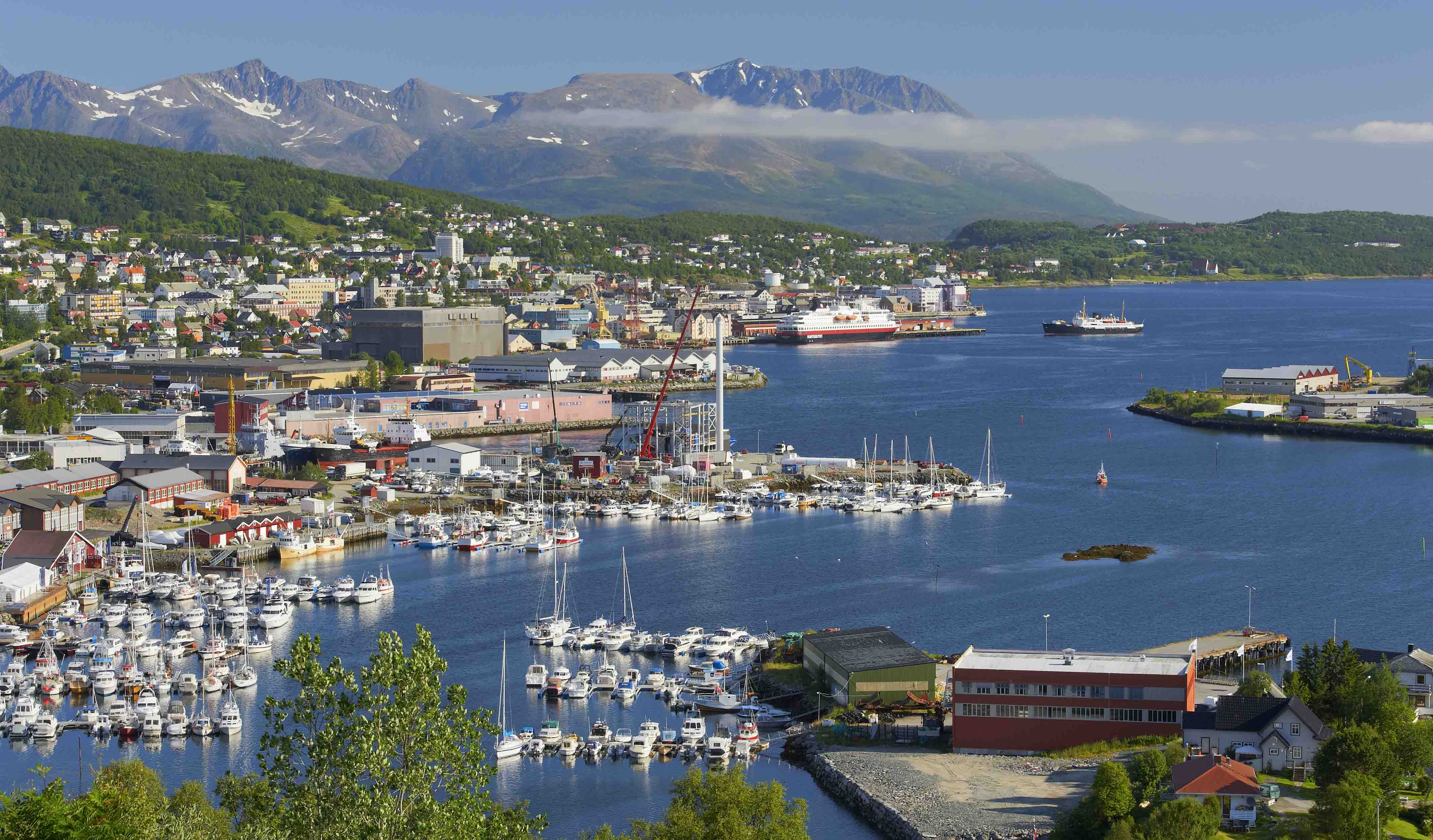
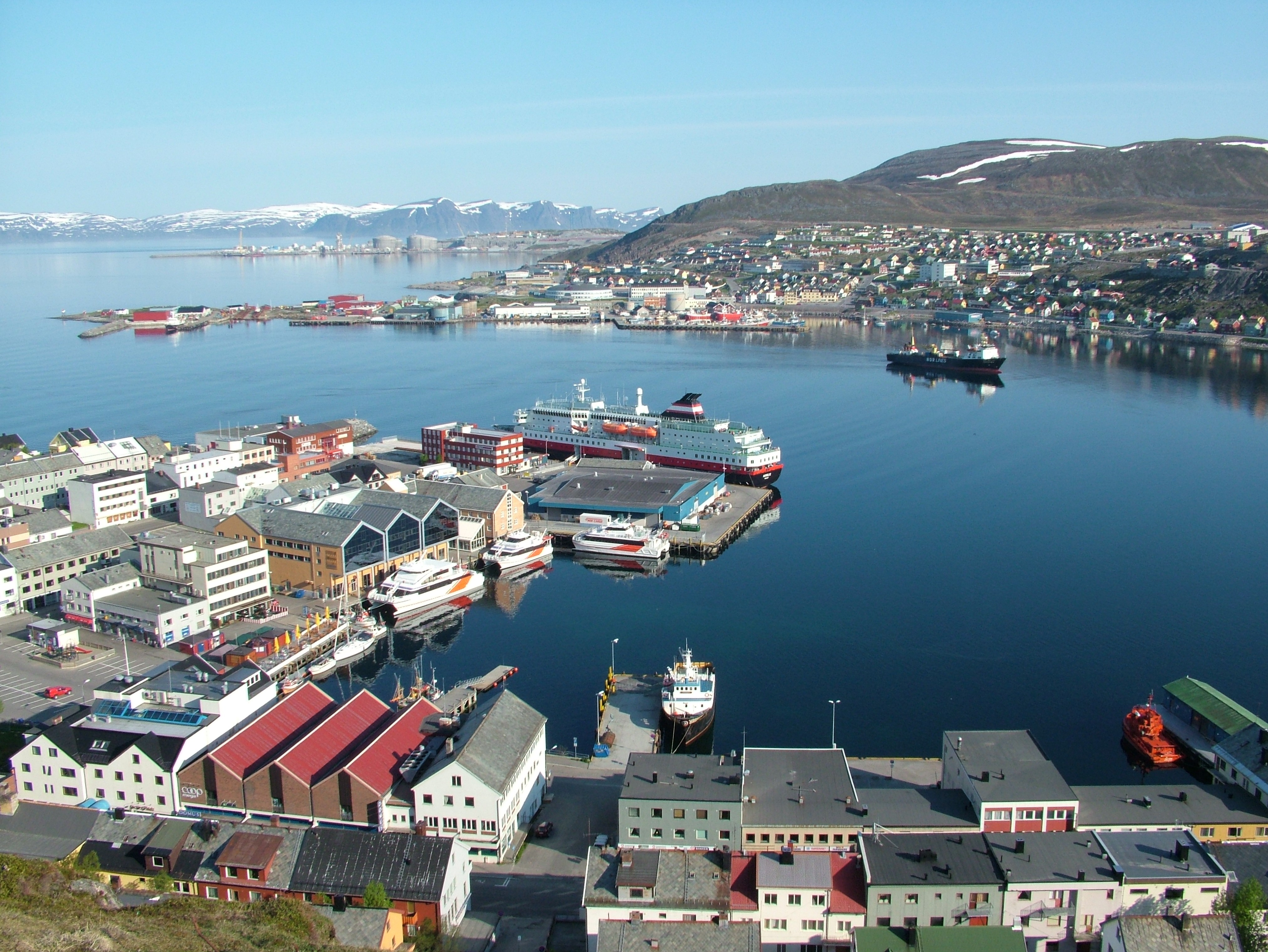

Havila Kystruten AS ist eine norwegische Reederei mit Sitz in Fosnavåg. Sie ist Teil der im Besitz der Familie Sævik befindlichen Havila Group. Innerhalb der Gruppe ist sie dem Geschäftsbereich Tourismus zugeordnet.
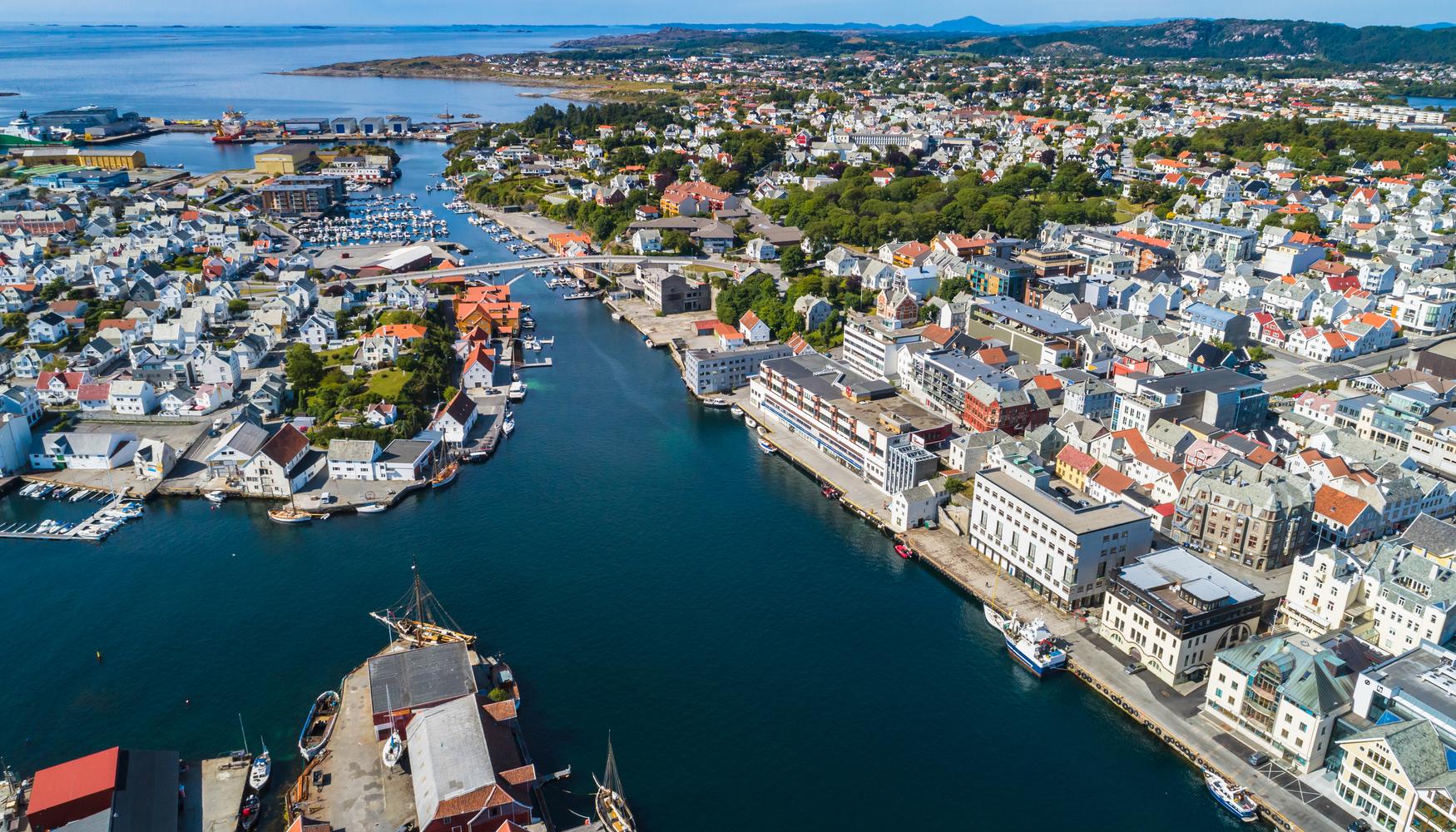
 Belarus
Belarus
 Belgium
Belgium

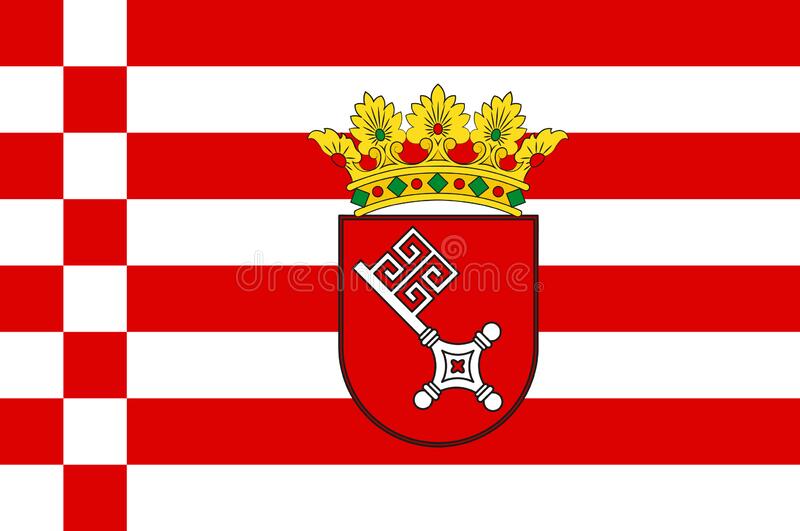 Bremen
Bremen
 Germany
Germany
 England
England
 Estonia
Estonia
 Finland
Finland
 France
France

 History
History
 M 1500 - 2000 AD
M 1500 - 2000 AD

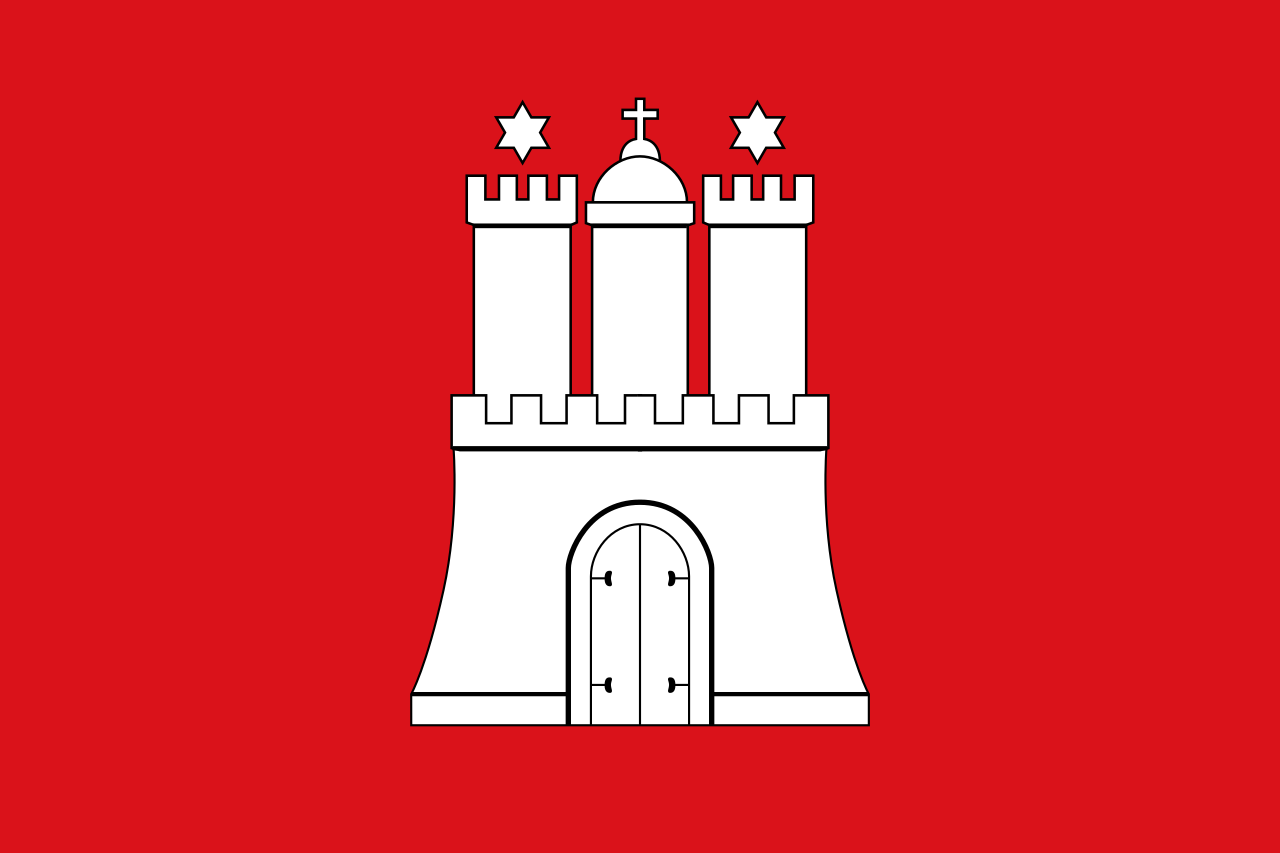 Hamburg
Hamburg
 Iceland
Iceland
 Latvia
Latvia

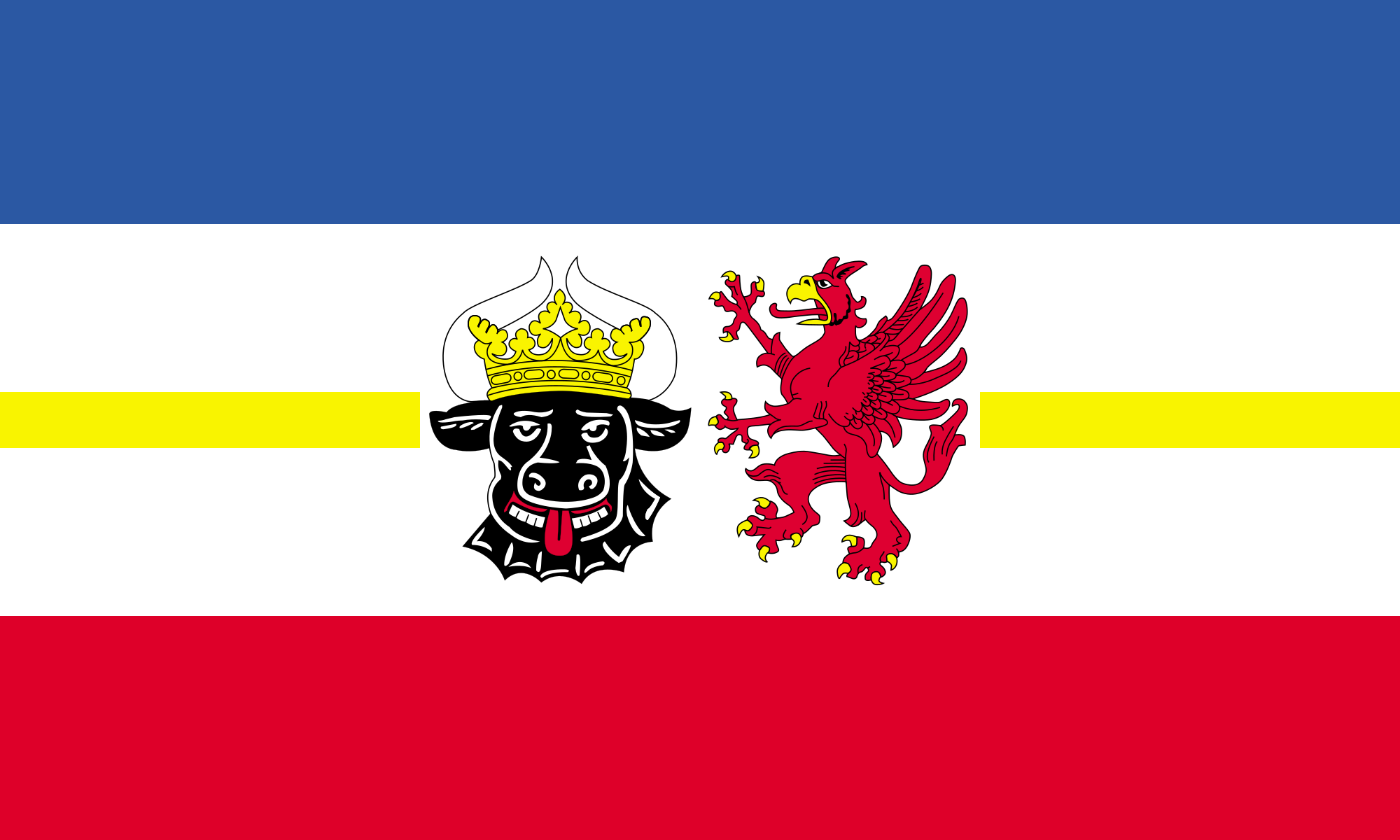 Mecklenburg-Vorpommern
Mecklenburg-Vorpommern
 Netherlands
Netherlands

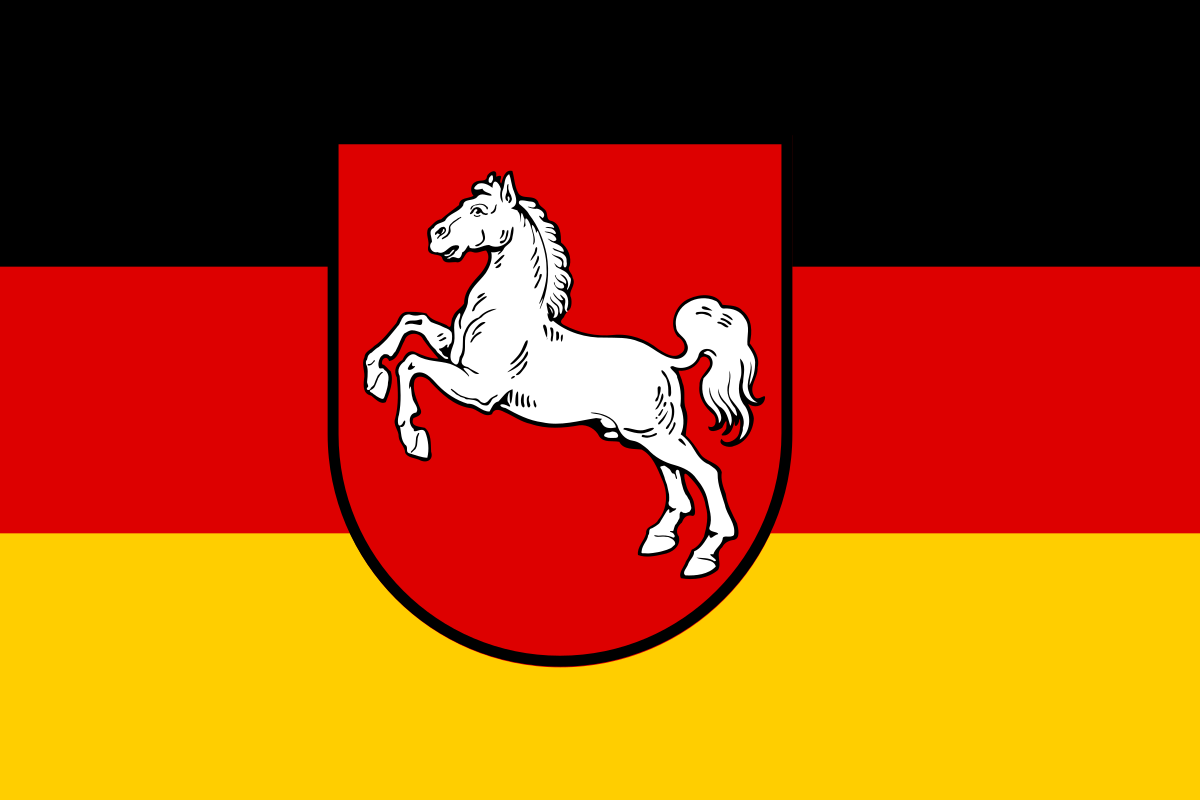 Lower Saxony
Lower Saxony
 Norwegen
Norwegen
 Poland
Poland
 Russia
Russia

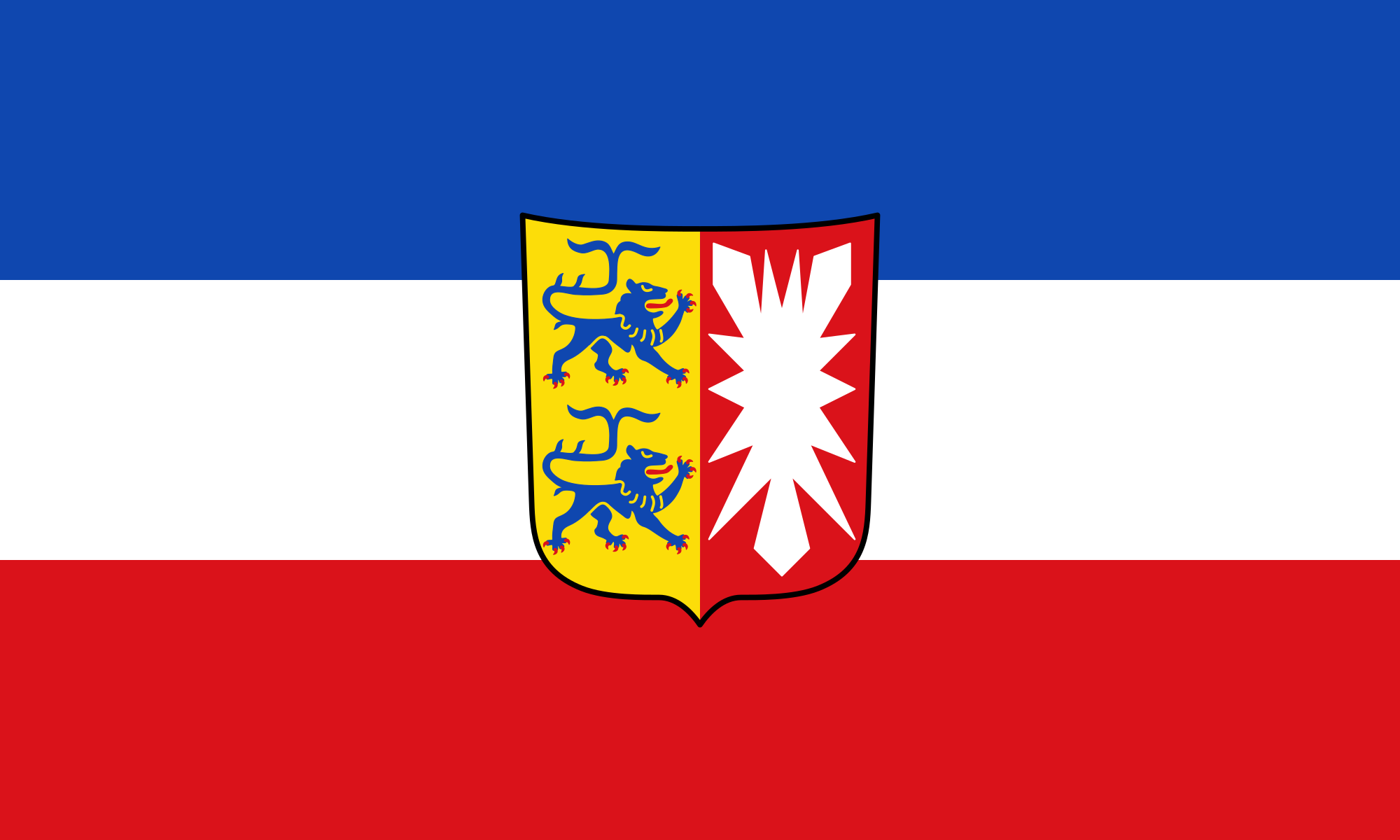 Schleswig-Holstein
Schleswig-Holstein
 Schottland
Schottland
 Sweden
Sweden
 United Kingdom
United Kingdom

Hanse (ahd. hansa ‚Gruppe, Gefolge, Schar‘) – auch Deutsche Hanse oder Düdesche Hanse, lateinisch Hansa Teutonica – ist die Bezeichnung für die zwischen Mitte des 12. Jahrhunderts und Mitte des 17. Jahrhunderts bestehenden Vereinigungen niederdeutscher Kaufleute, deren Ziel die Sicherheit der Überfahrt und die Vertretung gemeinsamer wirtschaftlicher Interessen besonders im Ausland war. Die Hanse war nicht nur auf wirtschaftlichem, sondern auch auf politischem und kulturellem Gebiet ein wichtiger Faktor. Sie wurde offiziell nie aufgelöst und besteht in Form moderner Kooperationen wie dem Städtebund Neue Hanse fort.
Eine Entwicklung von der „Kaufmannshanse“ zu einer „Städtehanse“ lässt sich spätestens Mitte des 14. Jahrhunderts mit erstmaligen nahezu gesamthansischen Tagfahrten (Hansetagen) festmachen, in denen sich die Hansestädte zusammenschlossen und die Interessen der niederdeutschen Kaufleute vertraten. Die genaue Abgrenzung zwischen „Kaufmannshanse“ und „Städtehanse“ ist jedoch umstritten.[1]
Die Farben der Hanse (weiß und rot) finden sich heute noch in den Stadtwappen vieler Hansestädte. In den Zeiten ihrer größten Ausdehnung waren beinahe 300 See- und Binnenstädte des nördlichen Europas in der Städtehanse zusammengeschlossen. Eine wichtige Grundlage dieser Verbindungen war die Entwicklung des Transportwesens, insbesondere zur See, weshalb die Kogge zum Symbol für die Hanse wurde. Durch Freihandel gelangten viele Hansestädte zu großem Reichtum, was sich bis heute an zahlreichen bedeutenden Bauwerken ablesen lässt.
„Hanse“ oder „Hänse“ nannten sich auch andere Kaufmannsverbünde bis nach Österreich, unabhängig von der „großen“ norddeutschen Hanse. Bei ihnen handelte es sich in der Regel nicht um politische Bünde zwischen Städten und Territorien, sondern um Bruderschaften, denen einzelne Händler beitraten. Oft waren solche Bünde auf einen bestimmten Jahrmarkt ausgerichtet und übernahmen während dessen Dauer wirtschaftliche Kontrollfunktionen, wie sie in größeren Städten von den Zünften durchgeführt wurden.
汉萨同盟(拉丁语:Hansa、Hansa Teutonica或Liga Hanseatica,英语:Hanseatic League,又译汉撒同盟和汉莎同盟),12-13世纪中欧的神圣罗马帝国与条顿骑士团诸城市之间形成的商业、政治联盟,以德意志北部城市为主。汉萨(Hansa、或Hanse )一词,德文意为“公所”或者“会馆”,最早是指从须德海到芬兰、瑞典到挪威的一群商人与一群贸易船只。12世纪中期逐渐形成,14世纪晚期—15世纪早期达到鼎盛,加盟城市最多达到160个。1367年成立以吕贝克城为首的领导机构,有汉堡、科隆、不来梅等大城市的富商、贵族参加。拥有武装和金库。1370年战胜丹麦,订立《施特拉尔松德条约》。同盟垄断波罗的海地区贸易,并在西起伦敦,东至诺夫哥罗德的沿海地区建立商站,实力雄厚。15世纪中叶后,随着英、俄、尼德兰等国工商业的发展和新航路的开辟,转衰,1669年解体。现今德国的国家航空公司汉莎航空(Lufthansa)即是以汉萨同盟命名的。
ハンザ同盟(ハンザどうめい)は、中世後期の北ドイツの都市による都市同盟である。バルト海沿岸地域の貿易を掌握し、ヨーロッパ北部の経済圏を支配した。同盟の慣習法は海事法のもとになった。
「ハンザ」は古高ドイツ語であり、現代ドイツ語では 「ハンゼ」(Hanse) と呼ばれる。古高ドイツ語「ハンザ」は「団体」を意味し、もともと都市の間を交易して回る商人の組合的団体のことを指した。「ハンザ同盟」に相当する訳語は日本語以外でも用いられることもあるが、原語に直訳すると二重表現となる。
中世ヨーロッパでは都市同盟が重要な役割を果たした。周辺の領主に対抗するため、独立意識の高い諸都市が連合し、皇帝や国王も都市連合を意識して権力を行使しなければならなかった。これは世界史上、ヨーロッパでしか生じていない現象と言われている。ハンザ同盟は都市同盟の中でも規模と存続期間において群を抜いており、また特殊な存在であるとされている[1]
ハンザ同盟の中核を占める北ドイツの都市は神聖ローマ帝国の中で皇帝に直接忠誠を誓う帝国都市であった。相互に独立性と平等性を保つ緩やかな同盟だったが、経済的連合にとどまらず、時には政治的・軍事的連合として機能した。しかし、同盟の恒久的な中央機構は存在せず、同盟の決定に拘束力も弱かったので、実際はそれぞれの都市の利害が優先された。
リューベック、ハンブルク、ブレーメンなどかつてのハンザ同盟の中心都市は「自由ハンザ都市」を称して中世以来の都市の自由をうたっており、21世紀の現在もなおハンザ同盟の遺風を残している。
The Hanseatic League (/ˌhænsiˈætɪk/; Middle Low German: Hanse, Düdesche Hanse, Hansa; Standard German: Deutsche Hanse; Latin: Hansa Teutonica)[2] was a commercial and defensive confederation of merchant guilds and market towns in Northwestern and Central Europe. Growing from a few North German towns in the late 1100s, the league came to dominate Baltic maritime trade for three centuries along the coasts of Northern Europe. Hansa territories stretched from the Baltic to the North Sea and inland during the Late Middle Ages, and diminished slowly after 1450.
Hanse, later spelled as Hansa,[3] was the Old High German word for a convoy, and this word was applied to bands of merchants traveling between the Hanseatic cities - whether by land or by sea.[4]
Merchant circles established the league to protect the guilds' economic interests and diplomatic privileges in their affiliated cities and countries, as well as along the trade routes which the merchants used. The Hanseatic cities had their own legal system and operated their own armies for mutual protection and aid. Despite this, the organization was not a state, nor could it be called a confederation of city-states; only a very small number of the cities within the league enjoyed autonomy and liberties comparable to those of a free imperial city.[5]
La Hanse, Ligue hanséatique, Hanse germanique ou Hanse teutonique était l'association des villes marchandes de l'Europe du Nord autour de la mer du Nord et de la mer Baltique. Cette Hanse se distinguait des autres hanses en ce sens que son commerce reposait sur des privilèges jalousement défendus qui leur avaient été octroyés par divers souverains européens.
Pendant trois siècles, cette Hanse en particulier, et à moindre degré les hanses par extension, ont eu un rôle dominant au niveau commercial, puis politique, en Europe1. Actives du XIIe au XVIIe siècle, leur déclin et quasi-disparition ont été achevés en 1648 avec les traités de Westphalie signant la fin de la guerre de Trente Ans et de la guerre de Quatre-Vingts Ans.
La croissance de la ligue hanséatique a lieu dans un monde où colonisation et évangélisation vont de pair. Elle est particulièrement liée à la montée de l'ordre des Chevaliers teutoniques, au prosélytisme catholique servant de façade aux jeux de pouvoir mondiaux de l'époque1.
La Lega anseatica (dal latino medievale hanseaticus, derivato dell'alto tedesco medio Hanse «raggruppamento»[1]) o Hansa fu un'alleanza di città che nel tardo medioevo e fino all'inizio dell'era moderna mantenne il monopolio dei commerci su gran parte dell'Europa settentrionale e del mar Baltico. La sua fondazione viene fatta risalire al XII secolo.
Fu in questo periodo che i mercanti delle varie città cominciarono a formare società (Hanse) con l'intenzione di commerciare con le città straniere. Queste società lavorarono per acquisire degli speciali privilegi commerciali per i loro membri. Ad esempio, i mercanti di Colonia furono in grado di convincere Enrico II d'Inghilterra a garantire loro speciali privilegi commerciali e diritti di mercato nel 1157. Ogni città aveva un sindaco (e un consiglio) che rispondeva al Governatore della Lega Anseatica; il più importante fu Ronald Guternbach, un potente notabile di Lubecca.
Alla fine, alcune di queste città cominciarono a formare alleanze tra di loro, in forma di una rete di mutua assistenza che sarebbe diventata, appunto, la Lega anseatica.
La Liga Hanseática o Hansa (en bajo alemán medio, Düdesche Hanse, Hansa; en alemán, Hanse; en latín, Hansa Teutonica)1 fue una federación comercial y defensiva de ciudades del norte de Alemania y de comunidades de comerciantes alemanes en el mar Báltico, los Países Bajos, Suecia, Polonia y Rusia, así como regiones que ahora se encuentran en las repúblicas bálticas. La lingua franca usada a lo largo de toda la Liga Hanseática fue el bajo alemán medio. Tenía su sede en Lubeca.
Entre las ciudades hanseáticas había ciudades portuarias de las regiones costeras así como ciudades situadas a lo largo de importantes ríos del interior. A través del libre comercio y de una burguesía empresarial, muchas de estas ciudades lograron un alto nivel de prosperidad, algunas de las cuales siguen mostrando valiosas características culturales y arquitectónicas.
Ганзейский союз, Га́нза, также Ганзея (нем. Deutsche Hanse или Düdesche Hanse, др.-в.-нем. Hansa — буквально «группа», «союз», лат. Hansa Teutonica) — крупный политический и экономический союз торговых городов северо-западной Европы, возникший в середине XII века. Просуществовал до середины XVII века[С. 8]. В регистр Ганзы были включены 130 городов, из них — около 100 портовых, а под её влиянием находилось до трёх тысяч населённых пунктов[С. 9]. К началу XV века Ганза объединяла около 160 городов[С. 10].
Цель объединения — обеспечение участникам союза привилегий в районе ганзейской торговли. Опорой ганзейских купцов служили рыцарские ордена. Ганза вела самостоятельную внешнюю политику, приобретала крепости, поддерживала олигархию. Участники объединения следовали Большому Ганзейскому статуту, изданному для всего союза[С. 11].
Система торговых отношений опиралась на конторы. Иностранные конторы Ганзы находились в Бергене, Лондоне и Брюгге, Новгороде, Венеции и др. Центром торговли с внутренними районами Европы и основным перевалочным пунктом между Балтийским и Северным морями стал Любек — фактический руководитель союза: здесь проводились общие съезды ганзейских городов (ганзетаг)[С. 9]. Решения ганзетагов, как высшего органа власти союза[С. 12], обычно начинались со слов: «Ганза и Любек постановляют…»[С. 13]. В перерывах между ганзейскими съездами высшей инстанцией был рат[en] Любека. Встречи проводились и в других городах, например, в феврале 1402 года в Дерпте состоялся съезд ливонских городов, на котором присутствовали послы Пскова и Новгорода[С. 12].
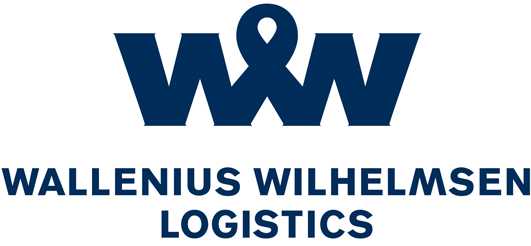


 Australia
Australia
 Belgium
Belgium
 Chile
Chile
 Denmark
Denmark
 Germany
Germany
 Estonia
Estonia
 Finland
Finland
 France
France
 Greece
Greece
 Ireland
Ireland
 Iceland
Iceland
 Israel
Israel
 Italy
Italy
 Japan
Japan
 Canada
Canada
 Luxembourg
Luxembourg
 Mexico
Mexico
 New Zealand
New Zealand
 Netherlands
Netherlands
 Norwegen
Norwegen
 OECD
OECD
 Emiel van Lennep
Emiel van Lennep
 OECD
OECD
 Don Johnston
Don Johnston
 OECD
OECD
 Jean-Claude Paye
Jean-Claude Paye
 OECD
OECD
 José Ángel Gurría
José Ángel Gurría
 OECD
OECD
 Staffan Sohlman
Staffan Sohlman
 OECD
OECD
 Thorkil Kristensen
Thorkil Kristensen
 Austria
Austria
 Poland
Poland
 Portugal
Portugal
 Republic of Korea
Republic of Korea
 Sweden
Sweden
 Switzerland
Switzerland
 Slovakia
Slovakia
 Slovenia
Slovenia
 Spain
Spain
 Czech Republic
Czech Republic
 Turkey
Turkey
 Hungary
Hungary
 United States
United States
 United Kingdom
United Kingdom

 Important International Organizations
Important International Organizations
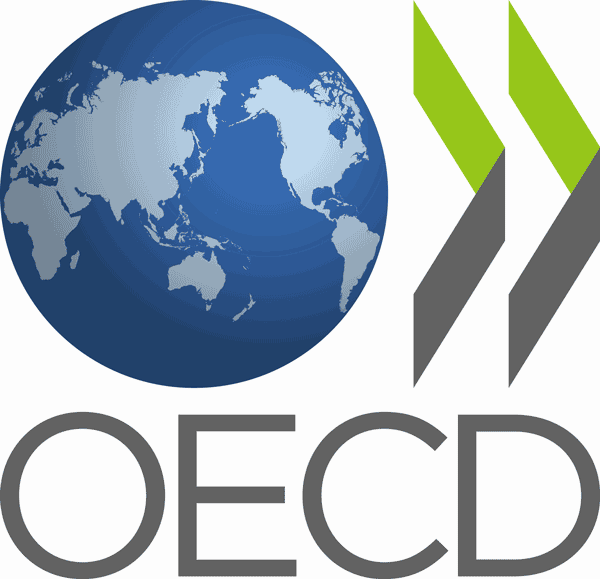
経済協力開発機構(けいざいきょうりょくかいはつきこう)は、国際経済全般について協議することを目的とした国際機関。公用語の正式名称は、英語では"Organisation[1] for Economic Co-operation and Development"(イギリス英語表記)、フランス語では"Organisation de Coopération et de Développement Economiques"。略称は英語ではOECD、フランス語ではOCDE。
本部事務局はパリ16区の旧ラ・ミュエット宮殿に置かれている。事務総長はアンヘル・グリア。
The Organisation for Economic Co-operation and Development (OECD; French: Organisation de Coopération et de Développement Économiques, OCDE) is an intergovernmental economic organisation with 37 member countries,[1] founded in 1961 to stimulate economic progress and world trade. It is a forum of countries describing themselves as committed to democracy and the market economy, providing a platform to compare policy experiences, seek answers to common problems, identify good practices and coordinate domestic and international policies of its members. Generally, OECD members are high-income economies with a very high Human Development Index (HDI) and are regarded as developed countries. As of 2017, the OECD member countries collectively comprised 62.2% of global nominal GDP (US$49.6 trillion)[3] and 42.8% of global GDP (Int$54.2 trillion) at purchasing power parity.[4] The OECD is an official United Nations observer.[5]
In 1948, the OECD originated as the Organisation for European Economic Co-operation (OEEC),[6] led by Robert Marjolin of France, to help administer the Marshall Plan (which was rejected by the Soviet Union and its satellite states).[7] This would be achieved by allocating United States financial aid and implementing economic programs for the reconstruction of Europe after World War II. (Similar reconstruction aid was sent to the war-torn Republic of China and post-war Korea, but not under the name "Marshall Plan".)[8]
In 1961, the OEEC was reformed into the Organisation for Economic Co-operation and Development by the Convention on the Organisation for Economic Co-operation and Development and membership was extended to non-European states.[9][10] The OECD's headquarters are at the Château de la Muette in Paris, France.[11] The OECD is funded by contributions from member countries at varying rates and had a total budget of €386 million in 2019.[2]
Although OECD does not have a power to enforce its decisions, which further require unanimous vote from its members, it is recognized as highly influential publisher of mostly economic data through publications as well as annual evaluations and rankings of members countries.[12]
L'Organisation de coopération et de développement économiques (OCDE) est une organisation internationale d'études économiques, dont les pays membres — des pays développés pour la plupart — ont en commun un système de gouvernement démocratique et une économie de marché. Elle joue essentiellement un rôle d'assemblée consultative1.
L'OCDE a succédé à l'Organisation européenne de coopération économique (OECE) issue du plan Marshall et de la Conférence des Seize (Conférence de coopération économique européenne) qui a existé de 1948 à 1960. Son but était l'établissement d'une organisation permanente chargée en premier lieu d'assurer la mise en œuvre du programme de relèvement commun (le plan Marshall), et, en particulier, d'en superviser la répartition2.
En 2020, l'OCDE compte 37 pays membres et regroupe plusieurs centaines d'experts. Elle publie fréquemment des études économiques et sociales — analyses, prévisions et recommandations de politique économique — et des statistiques, principalement concernant ses pays membres.
Le siège de l'OCDE se situe à Paris (16e), au château de la Muette. L'organisation possède également des bureaux dans plusieurs autres métropoles, notamment à Berlin, Mexico, Tokyo et Washington.
L'Organizzazione per la cooperazione e lo sviluppo economico (OCSE) – in inglese Organization for Economic Co-operation and Development (OECD), e in francese Organisation de coopération et de développement économiques (OCDE) – è un'organizzazione internazionale di studi economici per i paesi membri, paesi sviluppati aventi in comune un'economia di mercato.
L'organizzazione svolge prevalentemente un ruolo di assemblea consultiva che consente un'occasione di confronto delle esperienze politiche, per la risoluzione dei problemi comuni, l'identificazione di pratiche commerciali e il coordinamento delle politiche locali e internazionali dei paesi membri[1]. Ha sede a Parigi nello Château de la Muette[2].
Gli ultimi paesi ad aver aderito all'OCSE sono la Colombia (28 aprile 2020),la Lettonia (1º luglio 2016) e la Lituania (5 luglio 2018), per un totale di 36 paesi membri.
La Organización para la Cooperación y el Desarrollo Económico1 (OCDE) es un organismo de cooperación internacional, compuesto por 37 estados,34 cuyo objetivo es coordinar sus políticas económicas y sociales. La OCDE fue fundada en 1961 y su sede central se encuentra en el Château de la Muette en París (Francia). Los idiomas oficiales de la entidad son el francés y el inglés.2
En la OCDE, los representantes de los países miembros se reúnen para intercambiar información y armonizar políticas con el objetivo de maximizar su crecimiento económico y colaborar a su desarrollo y al de los países no miembros.
Conocida como «club de los países ricos»,56 a partir de 2017, sus países miembros comprendieron colectivamente el 62,2 % del PIB nominal global (US$49,6 billones) y el 42,8 % del PIB global (Int US$54,2 billones).7
Организа́ция экономи́ческого сотру́дничества и разви́тия (сокр. ОЭСР, англ. Organisation for Economic Co-operation and Development, OECD) — международная экономическая организация развитых стран, признающих принципы представительной демократии и свободной рыночной экономики.
Создана в 1948 году под названием Организа́ция европе́йского экономи́ческого сотру́дничества (англ. Organisation for European Economic Co-operation, OEEC) для координации проектов экономической реконструкции Европы в рамках плана Маршалла.
Штаб-квартира организации располагается в Шато де ла Мюетт, в Париже. Генеральный секретарь (с 2006 года) — Хосе Анхель Гурриа Тревиньо (Мексика). Руководящим органом ОЭСР является совет представителей стран — членов организации. Все решения в нём принимаются на основе консенсуса.
По данным на 2011 год, в странах ОЭСР проживало 18 % населения мира[2].
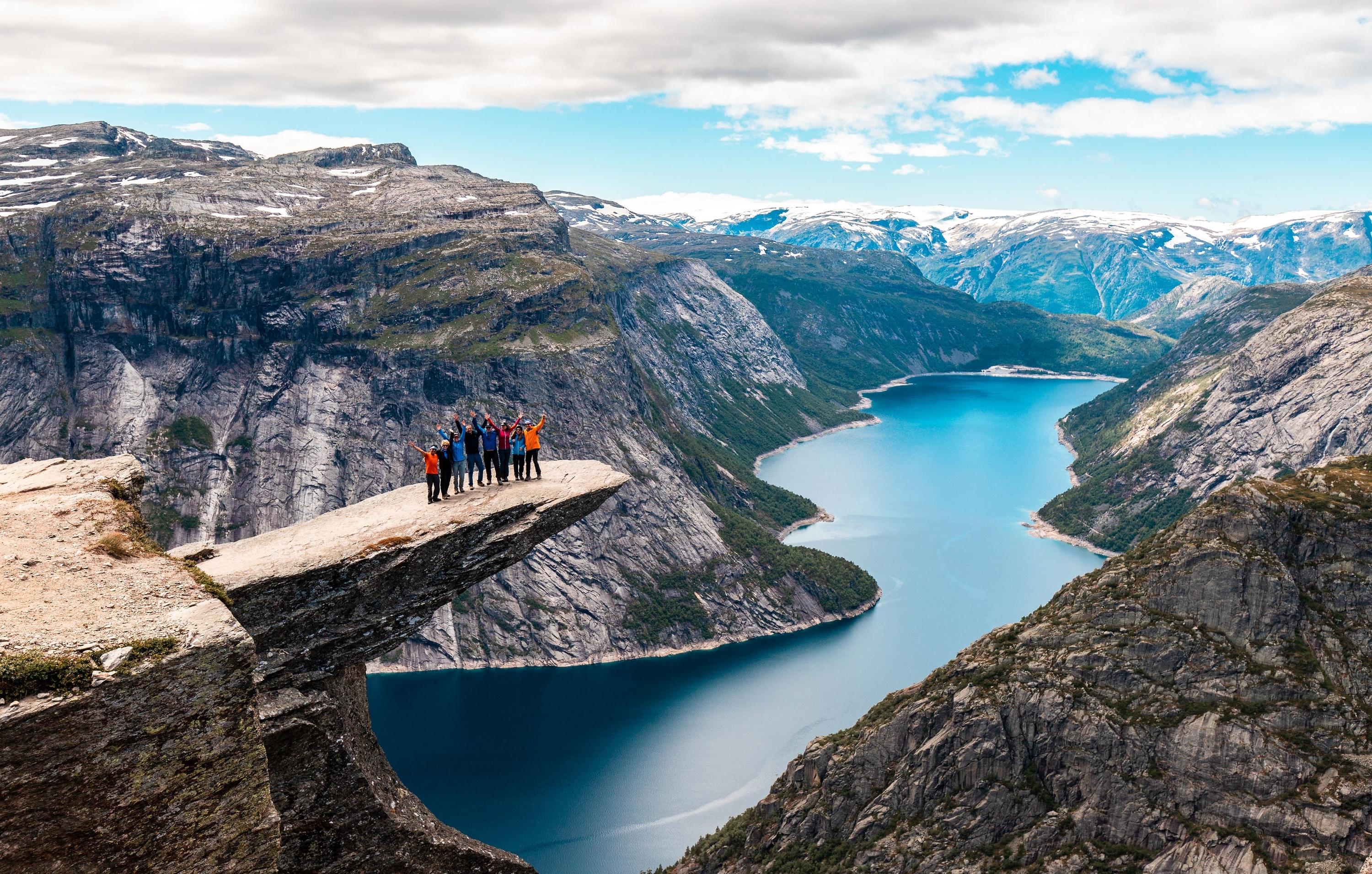

 Sport
Sport
 International cities
International cities
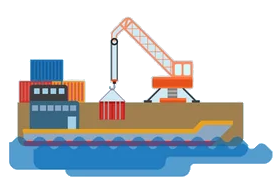 Important port
Important port
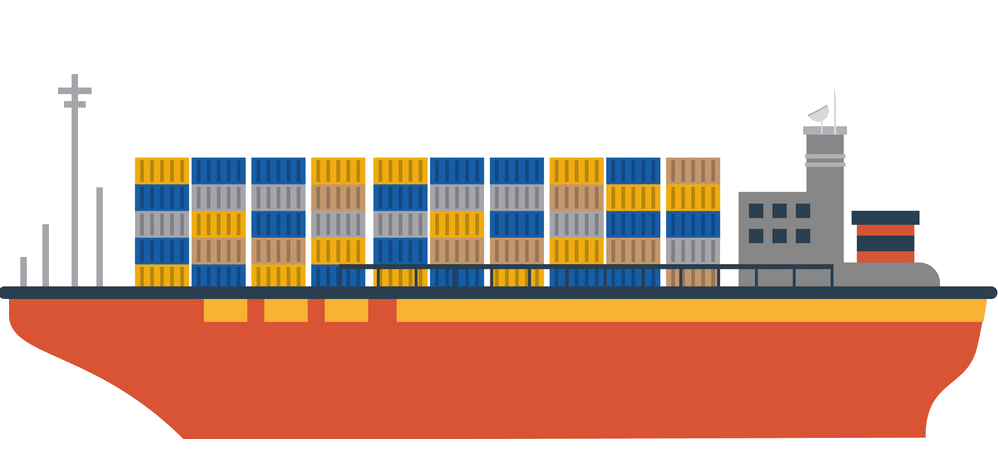 Ships and Nautics
Ships and Nautics

 Architecture
Architecture
 Ski vacation
Ski vacation
 Geography
Geography
 Economy and trade
Economy and trade